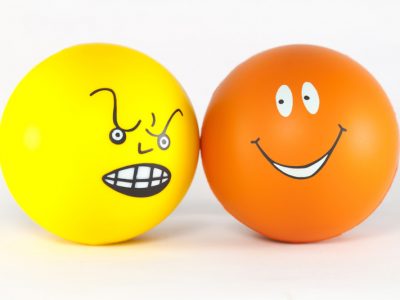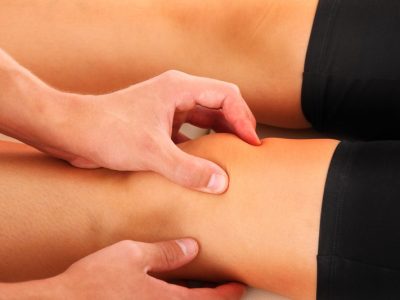
Anyone who tuned into the Olympic swimming competition in Rio de Janeiro this year saw many fine-tuned athletes going head-to-head to represent their country. What many people also may have noticed were the round, purple-looking sores on some of the swimmers, including on Michael Phelps. While it may have looked like there was something wrong, many celebrities and athletes are lining up for the procedure that they feel is all right.
The round sores are the result of a treatment process called “cupping.” According to the National Institutes of Health, cupping is a traditional Chinese medicine practice that has been used for over 2,000 years (1). It involves putting cups on the body in specific areas, just as what is done in acupuncture, in order to create suction. Proponents of the practice believe that the heated glass that raises the skin will increase the blood flow.
Although it has been around for a long time, especially after finishing a strenuous workout. As it becomes more popular in the media and with the public, researchers are also taking more interest in it to evaluate its efficacy in using it as complementary treatment in chronic pain management.
One study published in the May 2016 issue of Complementary Therapies in Clinical Practice researched wet cupping on nonspecific neck and upper shoulder pain to see what type of effect it would have. The study involved 61 patients with neck and upper shoulder pain who participated over a 3-month period. Pain scores were recorded before and after the cupping treatment. They report that the decrease in pain scores before and after the treatment was statistically significant, and researchers concluded that wet cupping has potential as a therapeutic treatment for pain, but further research is needed (2).
Additionally, in the January 2016 issue of the Journal of Bodywork and Movement Therapies, they reported that cupping increases blood circulation, activates the immune system and stimulates the mechanosensitive fibers, which leads to a reduction in pain. They also advised that cupping is an inexpensive and noninvasive treatment, and is low risk if performed by a trained practitioner, so it should be included in the arsenal of musculoskeletal medicine (3).
Cupping treatments can include both dry and wet cupping. Dry cupping focuses on the vacuum created by the heated glass, while wet cupping is more involved. In wet cupping, the cup is placed on the body for a few minutes, and then a tiny cut is made to allow for the release of toxins. Those interested in trying cupping to see if it brings them chronic pain relief should ensure that the person performing it, is a trained practitioner and that the method used is discussed in order to find the best fit.
Sources:
- National Institutes of Health. Cupping. < https://nccih.nih.gov/news/cupping>
- Complementary Therapies in Clinincal Practice. 2016 May;23:30-3. doi: 10.1016/j.ctcp.2016.02.003. < http://www.ncbi.nlm.nih.gov/pubmed/27157955>







